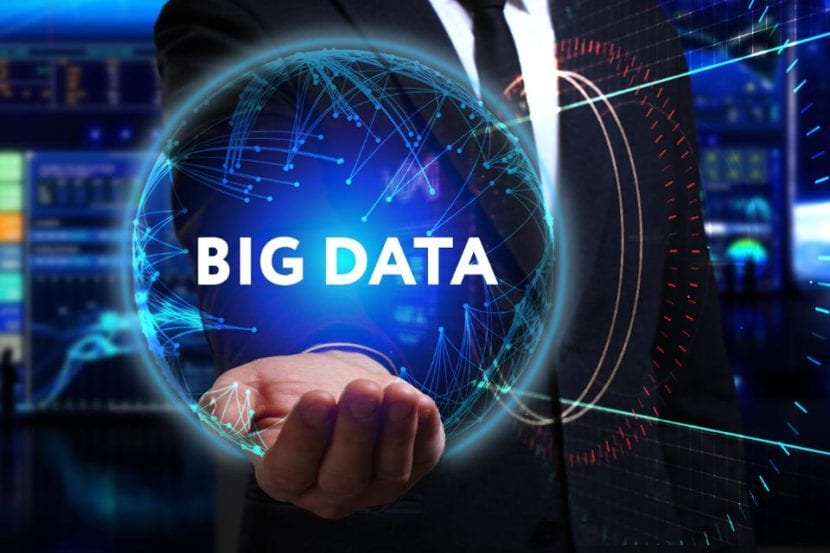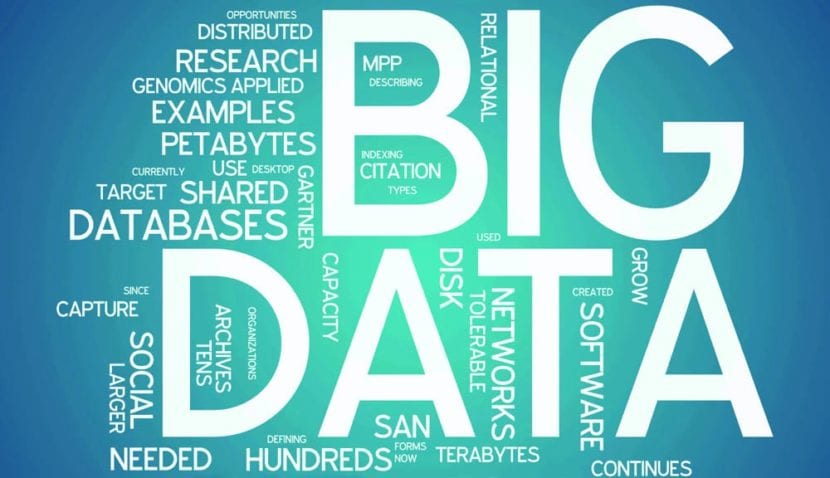
E-commerce is so popular that it has prompted the development of new technologies such as BIG DATA that simplify the processing of larger amounts of information.
The reasons that drive customers to shop online They are very simple, 91% of online shoppers think that efficient delivery costs and no surprises are the key to a successful online purchase.
On the other side of the coin, we have the return process that in many pages is complicated and involves a very long and tedious process, which unlike conventional commerce you can return instantly.
El ECommerce sector or electronic commerce is constantly developing. The digitization of global markets is progressing at a rapid pace and in all business sectors the rapid increase in the number of sales in e-commerce compared to conventional commerce can be observed.
The lag of some companies is notorious, everyone who does not have their own online platform, is letting go of thousands of sales per day, since with the internet access items for sale from anywhere in the world is a fact.
What is the current trend in e-Commerce?
ECommerce represents 11% of total purchases in Spain made, fashion continues to be the sector that registers the most money flow and represents the 48% of purchases made online.
El ECommerce growth is unstoppable this same, breaks its sales records every year in dates like Black Friday, Cyber Monday, Christmas shopping and the expected sales in January and February. These dates are undoubtedly the high season for electronic commerce and a complicated challenge for the shipping and logistics sector in our country.
La ECommerce trend, can be seen in the second edition of 'eShopper Barometer', a detailed survey carried out by DPDgroup with the purpose of knowing the requirements, characteristics and main motivations of online shoppers. The results of this report provide us with a broader panorama regarding the current shopping trends in e-commerce.
So what do we know about buyers?

That exist three different types of online shoppers in our country:
- The big buyers, which have an average of 5,3 packages received per month and their purchases represent 87% of all online purchases made in the year.
- Average buyers, that receive an average of 2,7 packages per month and represent 11% of total annual online sales.
- Small buyers, with 1,3 packages or less received per month, they represent 2% of the annual total spent on ECommerce.
Who buys more?
Taking into account the aforementioned regarding the fact that ECommerce already represents 11% of the total purchases made in Spain, fashion continues to be the sector that registers the most activity and represents 48% of the online purchases made in Spain.
The vast majority of purchases fall on millennials, since more than 57% admit that they make purchases of this type of product through the network.
The following posts of the sales ranking They are occupied by the commercial sectors that manufacture beauty and technology products with 38% and 36% respectively, of the total of the online shopping in Spain. The report highlights the emergence of online shopping for fresh food and beverages in the top 10 places, which in Spain stands at 18% of total sales. Added to this, 14% of Spaniards who buy online, acknowledge that at least once a month they buy food online.
Knowing the opinion of online buyers is a key factor to succeed if you want to enter the ECommercand. We all agree that a simple and safe purchase will have a positive impact on the consolidation of more business carried out on the Internet since the satisfied customer will repeat the experience and recommend it to their friends and family. This is demonstrated by this same study, which shows that 85% of buyers consider that their online purchase was simple and 75% of the total were highly satisfied with the experience.
What is Big Data?

Big Data is in a nutshell, managing and analyzing huge amounts of information or data, which cannot be treated in a conventional way, by a common operating system, since they exceed the capabilities of common software and they exceed the limits that these have in terms of algorithmic processing.
Said concept encompasses technological development in various sectors as infrastructure, technology and services that have been specially developed to solve the processing of large amounts of structured, unstructured or semi-structured data that would be messages on social networks, audio files, digital images, form data, emails, mobile signals, sensors, data of surveys. These dates they can come from various sensors, cameras, medical scanners, or imaging.
The main objective of the Big Data systems, like that of common systems, is to convert the complicated data in accessible information and visible that facilitates decision-making in real time.
Companies today, They already use Big Data to understand the profile, needs and characteristics of their clients and human capital, regarding the products or services they sell. This has reshaped the way in which the customer is given importance since it allows the measures to modify the way in which the company communicates with its customers and how they provide the necessary service.
Associating the concept of Big Data with large volumes of data is nothing of the modern era. The vast majority of large companies have already been managing large volumes of information, but they were forced to use other technologies such as DataWarehouses and powerful analytical tools that would allow them to adequately treat these large volumes, before the existence of the new Hadoop software. The evolution of technology has meant that the volumes of information handled by these applications have increased considerably.
The 5 pillars of Big Data
The three 'Vs' of Big Data are the main characteristics to identify it, these are: Volume, Variety y Speed. But with the experience acquired by the pioneering companies in this sector of mass information management, the original definition has been expanded, adding to it new definitive characteristics such as the Veracity y Data value.

It is called Big Data when volumes exceed the capacity and limitations of common software, be it Windows, Mac or even Linux, to be processed without problems.
The concept of volume is under continuous change due to such rapid technological advances, which allow processing of ever greater volumes of information. Clarifying the term a bit, large volumes of information are hundreds or thousands of Terabytes or Petabytes, exponentially larger quantities than common thousands of Gigabytes that a computer is used to processing. This concept of volume is also highly variable, since every day we consider the amount of data processed less.
The information that Data warehouse can process, is structured information that has passed through a large number of filters for superb quality control, to be able to guarantee that the information it processes has a previously determined precision and accuracy.
When we mention Big Data we are talking about information that may be semi-structured or not have any type of structuring. The processing of this unstructured information requires a different technology and allows the user to make decisions based on imprecise information. Most of these algorithms are related to treatments of advanced fuzzy logic systems that are not yet 100% developed.
Speaking of the concept of variety, refers to the types of data that the system receives, these are 3:
- Structured
- Semi structured
- Unstructured
Finally, the concept of speed obviously refers to the speed with which the huge volumes of data they are received, processed and issued to make decisions. It is impossible for the vast majority of conventional operating systems to quickly analyze large amounts of information, but it is very important to incorporate the concept of real-time data processing for fraud detection systems or enhanced personalized offers, which are offered to customers today, taking into account the things you like, and other factors that choose things to advertise that surely could interest you.
The truth, to finish is, confidence of the processed information, extract quality data, improving the inherent visualization of some, such as time, economy among others, which will help better decision-making.
Finally, it is added the value, importance of critical information for the business, to know what data to analyze, to streamline the entire process, making a preselection this is essential to make it faster and more accurate. So much so that it is already the second most demanded specialty in Spain.